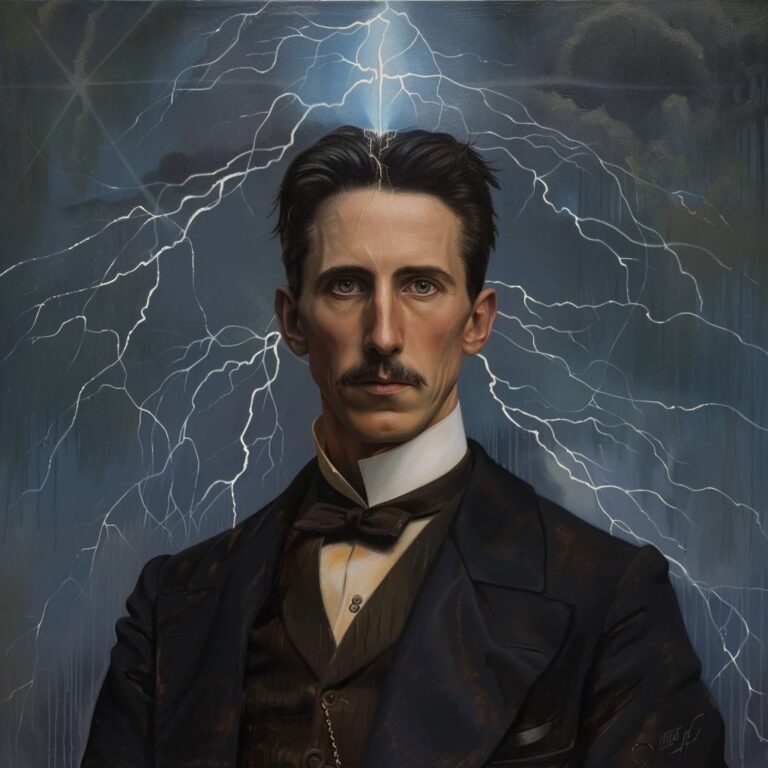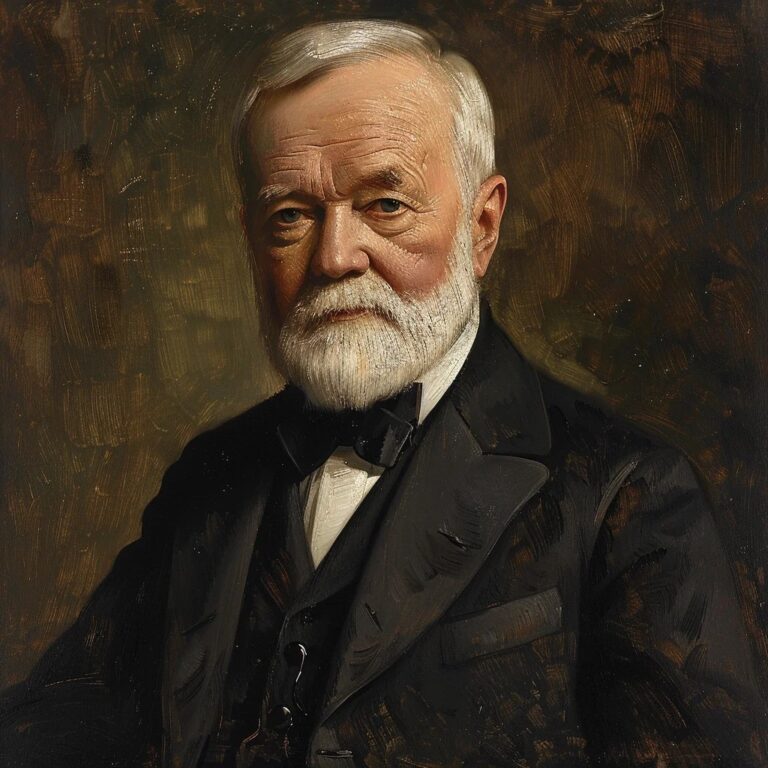Grigori Rasputin was born on January 21, 1869, in the small village of Pokrovskoye, Siberia, Russia.
He was an uneducated peasant and did not learn to read or write until he was an adult.
Rasputin gained a reputation as a mystic and healer after undertaking a pilgrimage to a monastery in 1897.
He became a close advisor to Tsar Nicholas II and Tsarina Alexandra, particularly influencing the latter due to his alleged ability to heal their hemophiliac son, Alexei.
Rasputin's presence at the Russian court and his influence over the royal family caused significant political controversy and contributed to public dissatisfaction with the monarchy.
He was known for his intense eyes and hypnotic gaze, which many believed gave him a supernatural ability to heal and control others.
Rasputin survived several assassination attempts before being finally killed on December 30, 1916.
His death is surrounded by legends and conspiracy theories, including being poisoned, shot, and ultimately drowned.
Rasputin was seen by many as a symbol of the corruption and incompetence of the Russian monarchy, which contributed to the Russian Revolution in 1917.
He was buried with a small religious icon signed by Tsarina Alexandra.
Rasputin was a controversial figure, viewed by some as a saintly healer and by others as a manipulative charlatan.
His legacy has been the subject of numerous books, films, and popular culture references.
Rasputin's daughter, Maria Rasputin, emigrated to the United States and worked as a cabaret dancer and circus performer.
He was known for his unkempt appearance and often wore simple peasant clothes even when visiting the royal court.
Rasputin's influence over the royal family, particularly Tsarina Alexandra, remains a topic of fascination and debate among historians.


